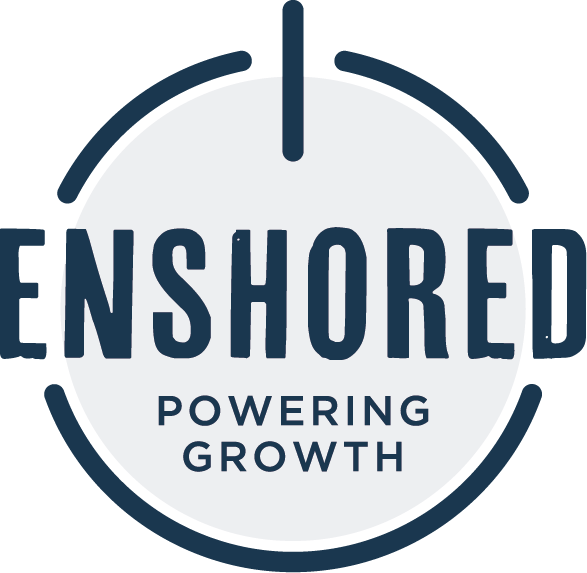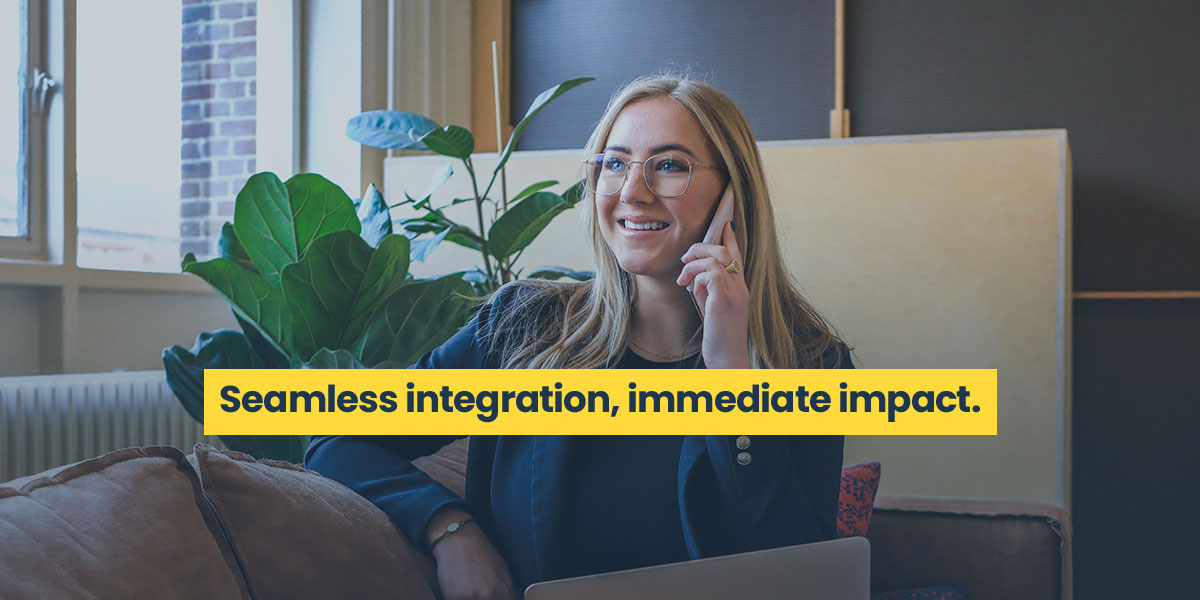Taking too long? Close loading screen.


As software continues to change the way we work, the future remains buoyant for SaaS start-ups.
Billed as the savior of business during the pandemic, cloud-based SaaS saw record industry growth last year and shows no signs of slowing. Gartner expects the SaaS market to continue to grow in 2021, reaching $120.9 billion. Furthermore, Cisco predicts that 75% of all cloud workloads and computing instances will come from SaaS applications in 2021.
With large companies accelerating their move towards digital, SaaS start-ups have seen their valuations dramatically grow as they continue to disrupt the traditional software market. As Chris Makkreel, the head of technology for SalesForce, notes:
We work with a lot of start-ups. These are our observations:
So many start-ups struggle to articulate their target market. Without this – it’s not easy to define the target persona, and without this sales and marketing becomes hit and miss.
Connecting with customers, understanding their needs, and meeting them is the key to growth. It means focusing the entire business on your customer and their pain points.
Focusing energy on narrowing down the target focus early on saves a shed load of pain in the future. Look at Casper. Who knew buying a mattress could be part of the millennial Insta experience? Casper committed to millennials. They could have gone for ‘everyone’ – they didn’t. Their focus and commitment is what has catapulted their growth from Zero to $750 million in 4 years.
Be more Casper.com Be less ‘all things to all people.com’
In his seminal 2006 book, Free: The Future of a Radical Price, Chris Anderson argued that if it’s digital, everyone will compete with free. The SaaS freemium business model, where platforms offer free and paid versions of their services, shows how this has come to pass. Anderson sums up this strategy.
The ‘try before you buy’ model drives marketing, raising awareness among consumers of the value of the software. Further ways to capitalize on a freemium model are personal support during trials, promoting premium features in a freemium product, highlighting received benefits, and win-back offers for expired trials.
We are going to make it easy. At 0-50 sales conversion, just do what these guys say.
We love the way they break it down into two key stages.
Part 1: Doing the basics correctly, yourself, going from 0 to ~30 customers and proving you’ve got something that can be non-zero sold.
Part 2: Scaling it up with others. Taking what you’ve proven can be done yourself and getting others to do it too.
Customer storytelling is now critical to Saas growth strategies. Stories provide context enriched by emotion. Most of our experience and knowledge is organized as stories. In the absence of a good story, customers tune out. “Marketing”, as Seth Godin explains, “is no longer about the stuff you make, but the stories you tell.”
Stories are more than a narrative. They define the connection between customer needs and your solution, determine the impact of the product, and articulate the customer’s pain points in a relatable way. A good story can differentiate two very similar offers through emotion and connection.
The best stories are the ones that others tell about you.
Look at this from Land Rover…
It’s powerful, strangely evocative, embeds strong brand values of resilience, trustworthiness. It demonstrates its deep significance. Without the marketing budget of Landrover, it is possible to produce powerful stories about the impact on customers.
Here is a more affordable version from SaaS company Shift
SaaS companies that produce rich datasets, otherwise not readily available, are in the luxurious position of just getting it out there to get people talking.
Spotify has mastered this. They collect continuous user data on the most-listened-to tracks and playlists. They use their unique data to create original stories based on its insights. Its review of how students listen ‘How students listen 2017’ looks at student behaviors in different US colleges. It looked at where they listened, the diversity of genres and the most popular ones -and even which college had the most party playlists. (Penn State, if you’re interested.) No other company can replicate its content – giving Spotify a unique connection with users.
Once you are confident that there is product clarity (and you have committed entirely to it), the market is known, and you have a pricing model that works – this is the time to start looking at outsourcing for scale.
Outsourcing fits around your organization.
Enshored is built to support disruptive start-ups.
We augment, build and support customized Customer Experience for digital CX, Sales & Marketing, Back office and Content Moderation.
We provide the people, the culture and the operating system to support you to scale seamlessly.
Anticipating growth?
Access the tools, tech & team you need to scale globally.

Serious about scaling?
One call is all it takes to know if we’re a fit.
© 2024 Enshored · Privacy · GDPR · California · Cookies · Marketing by Klicker